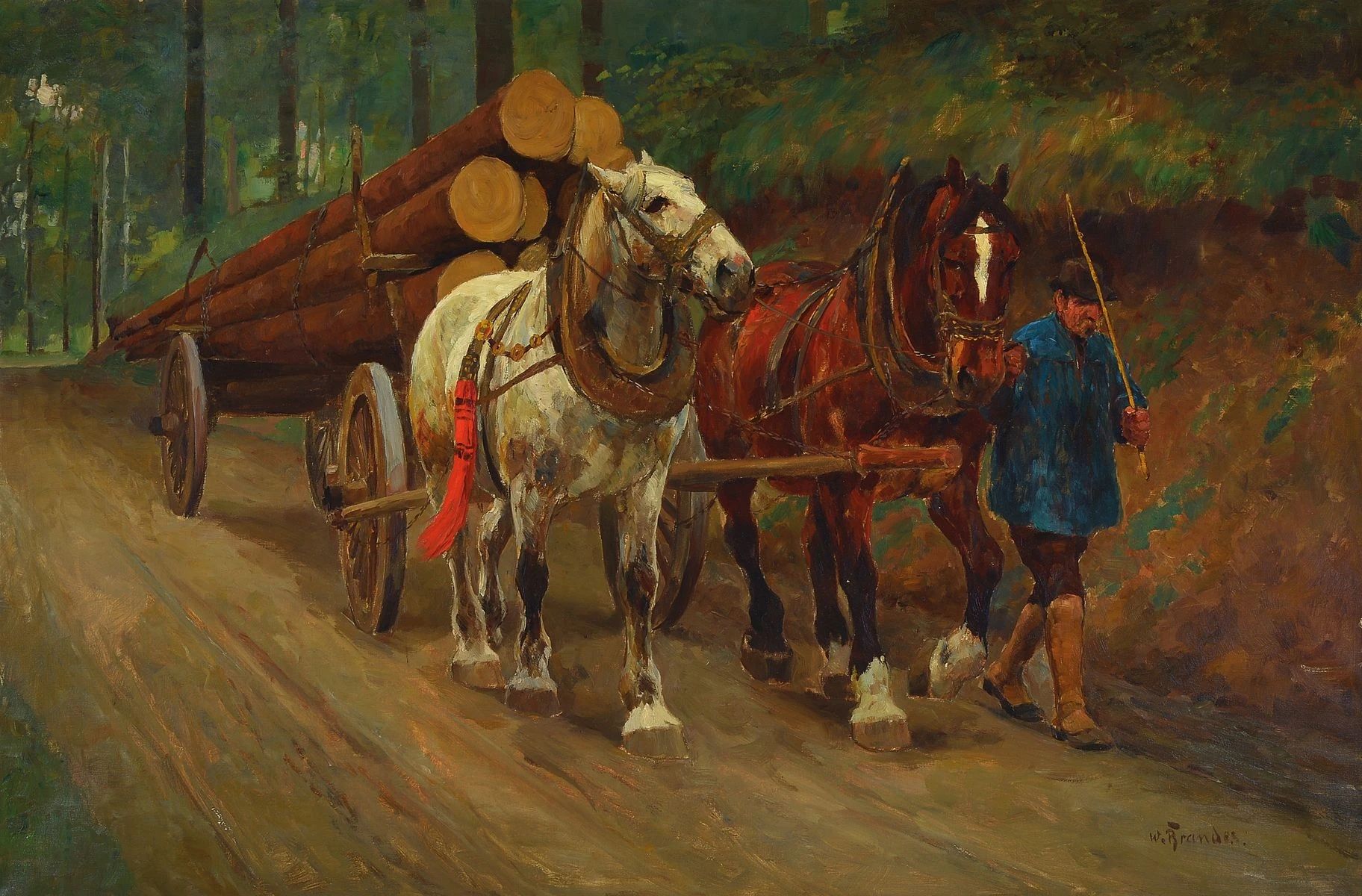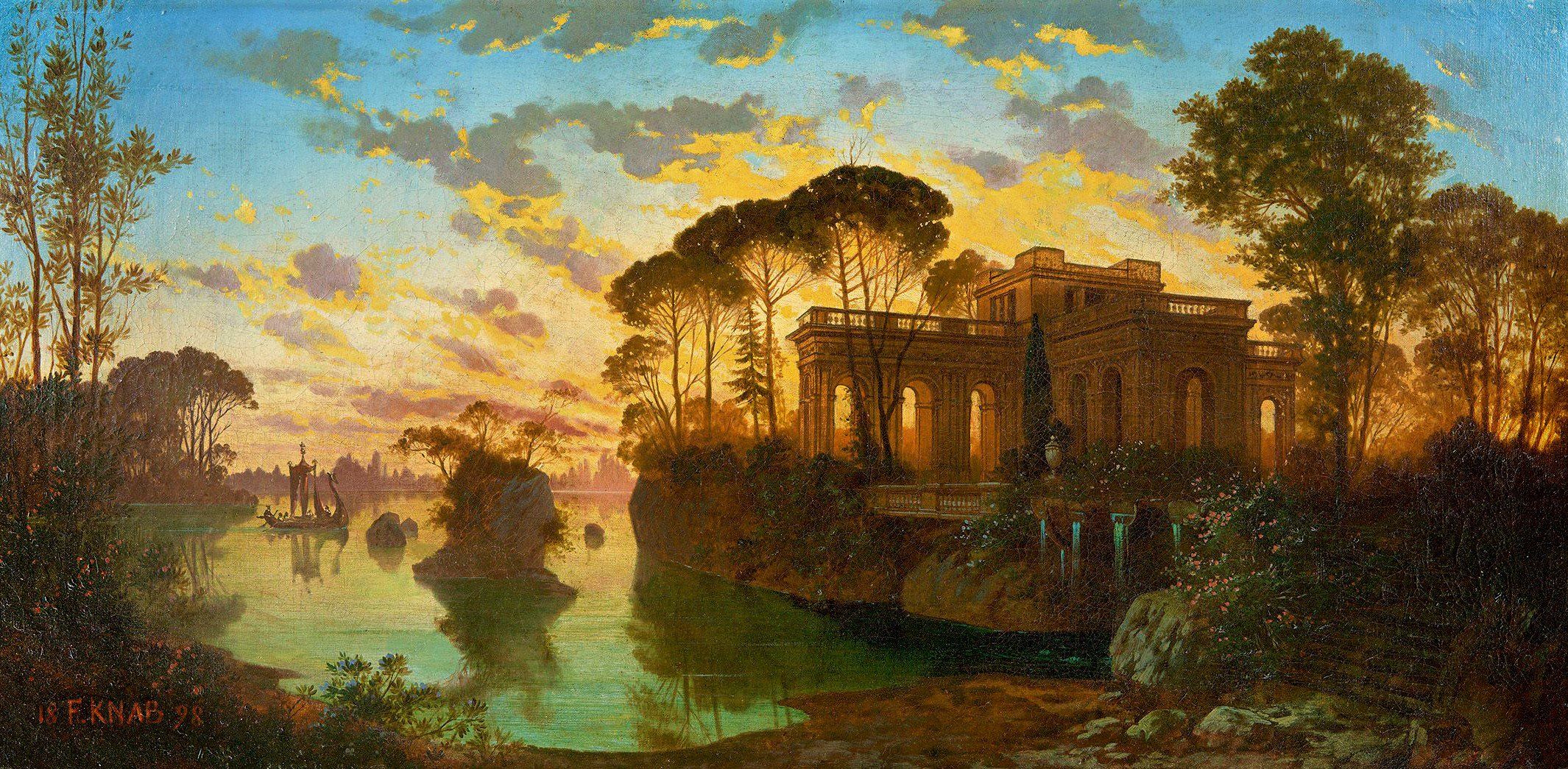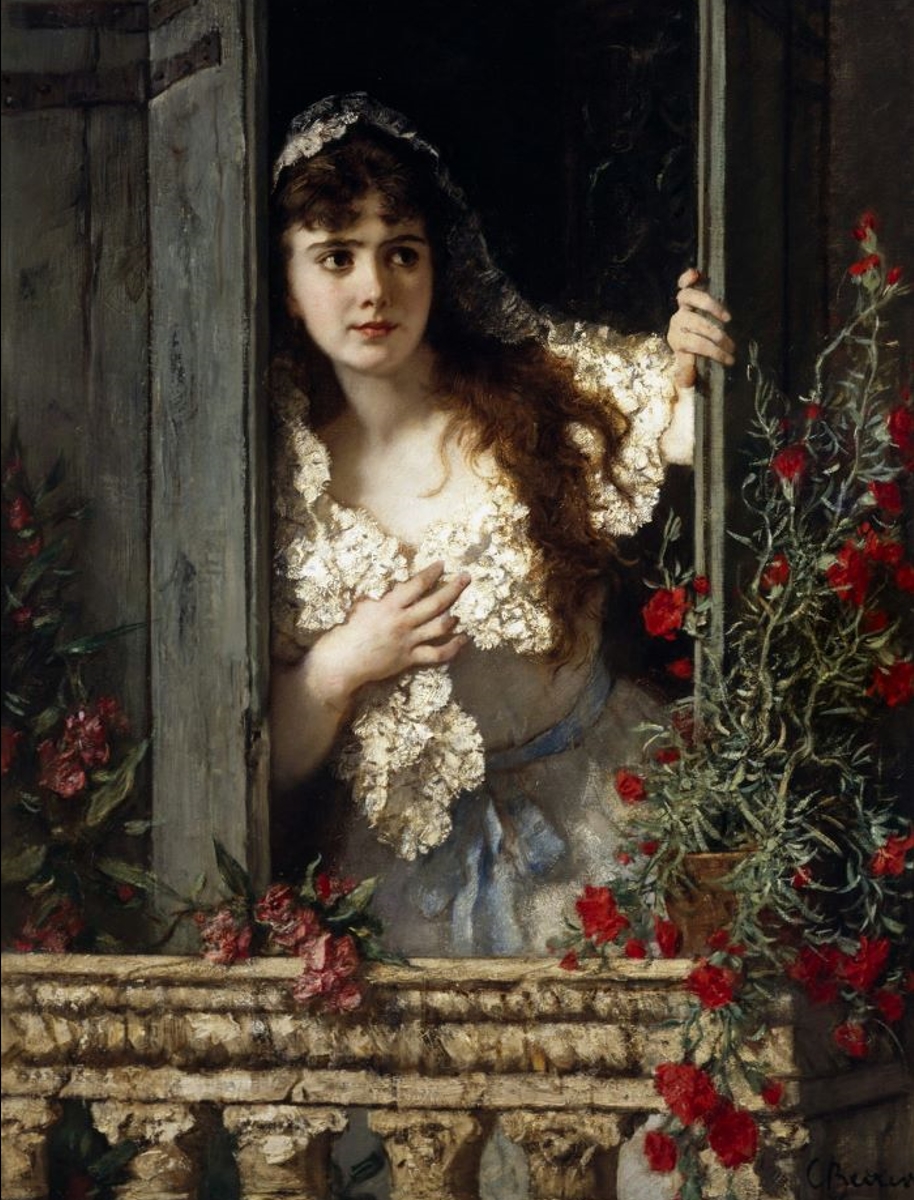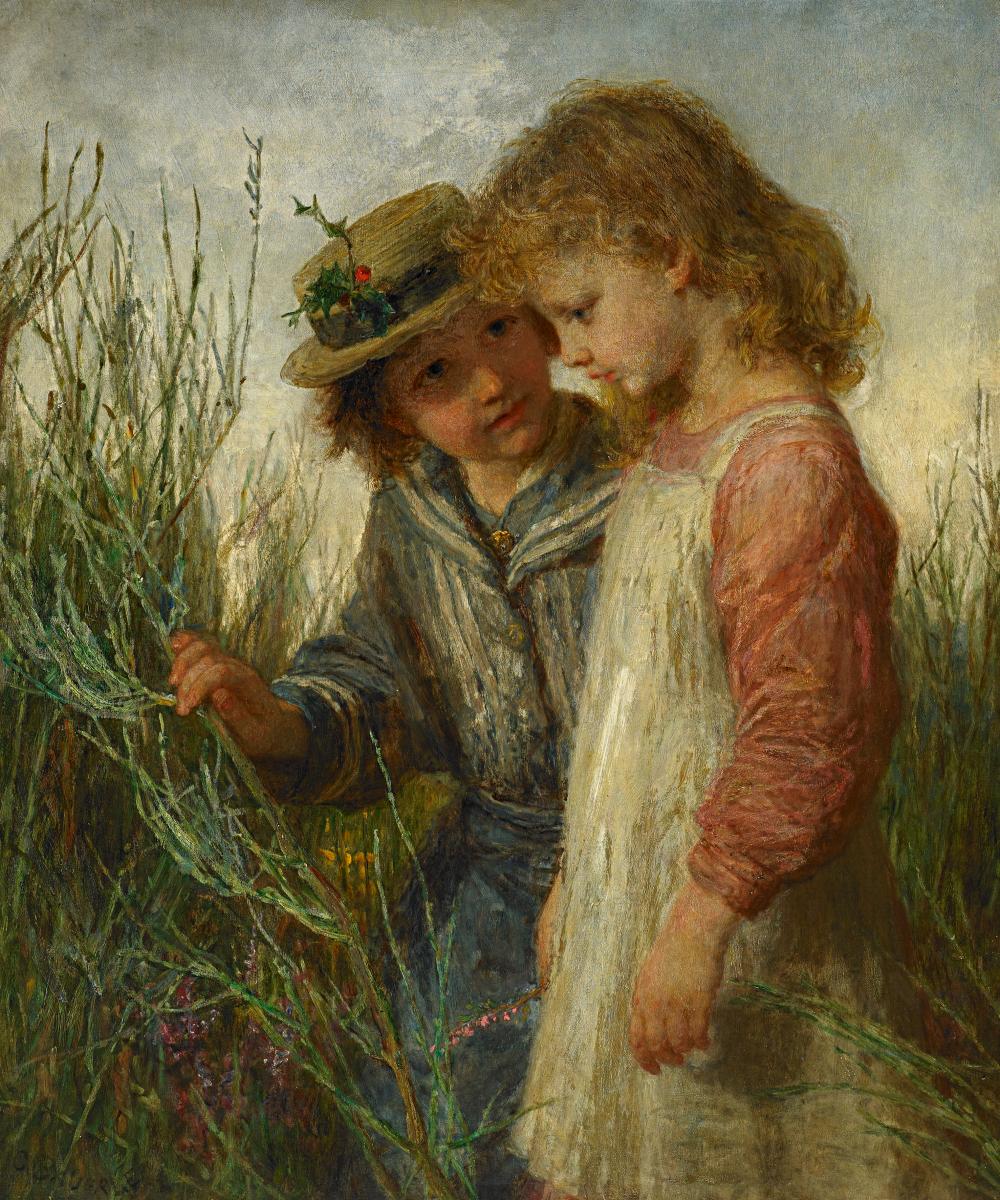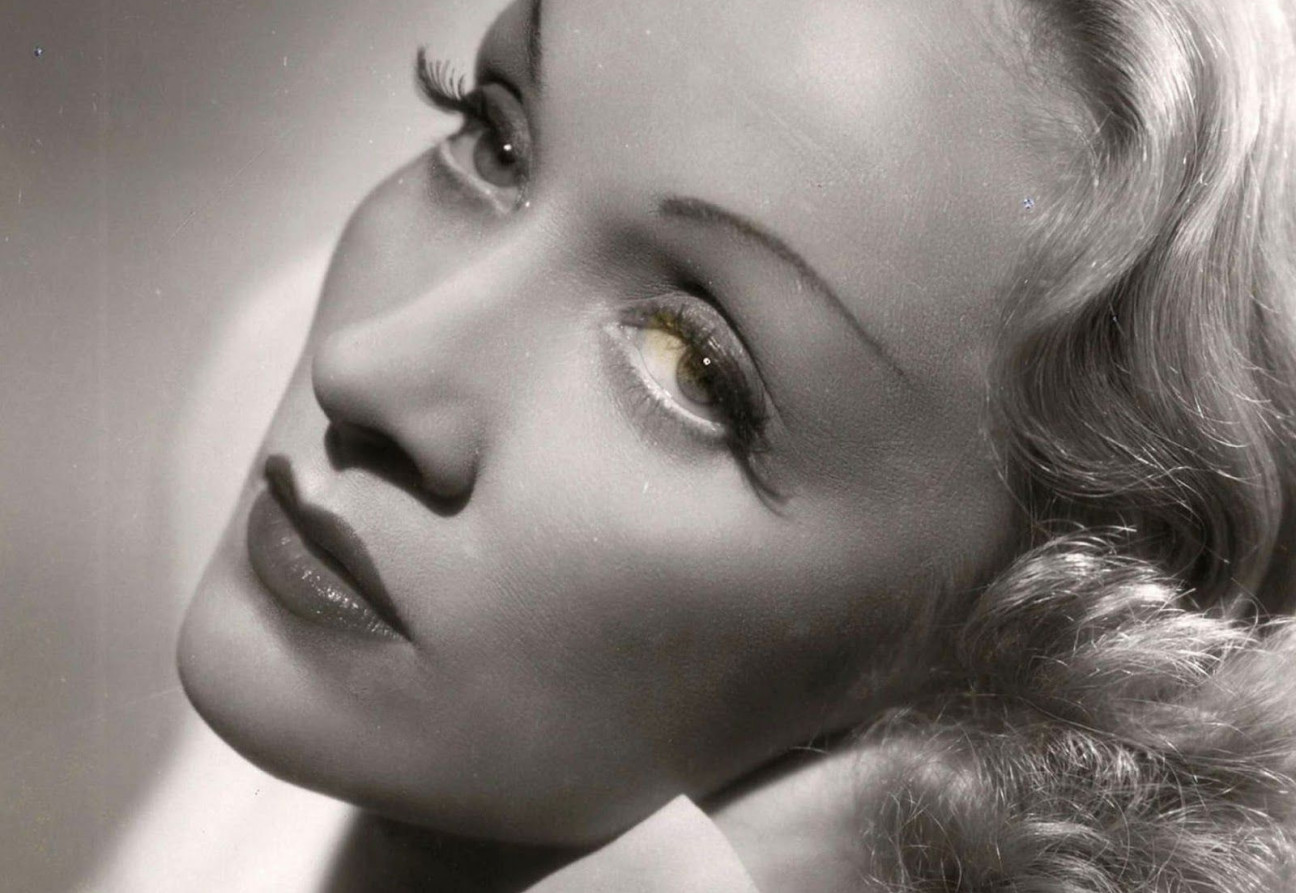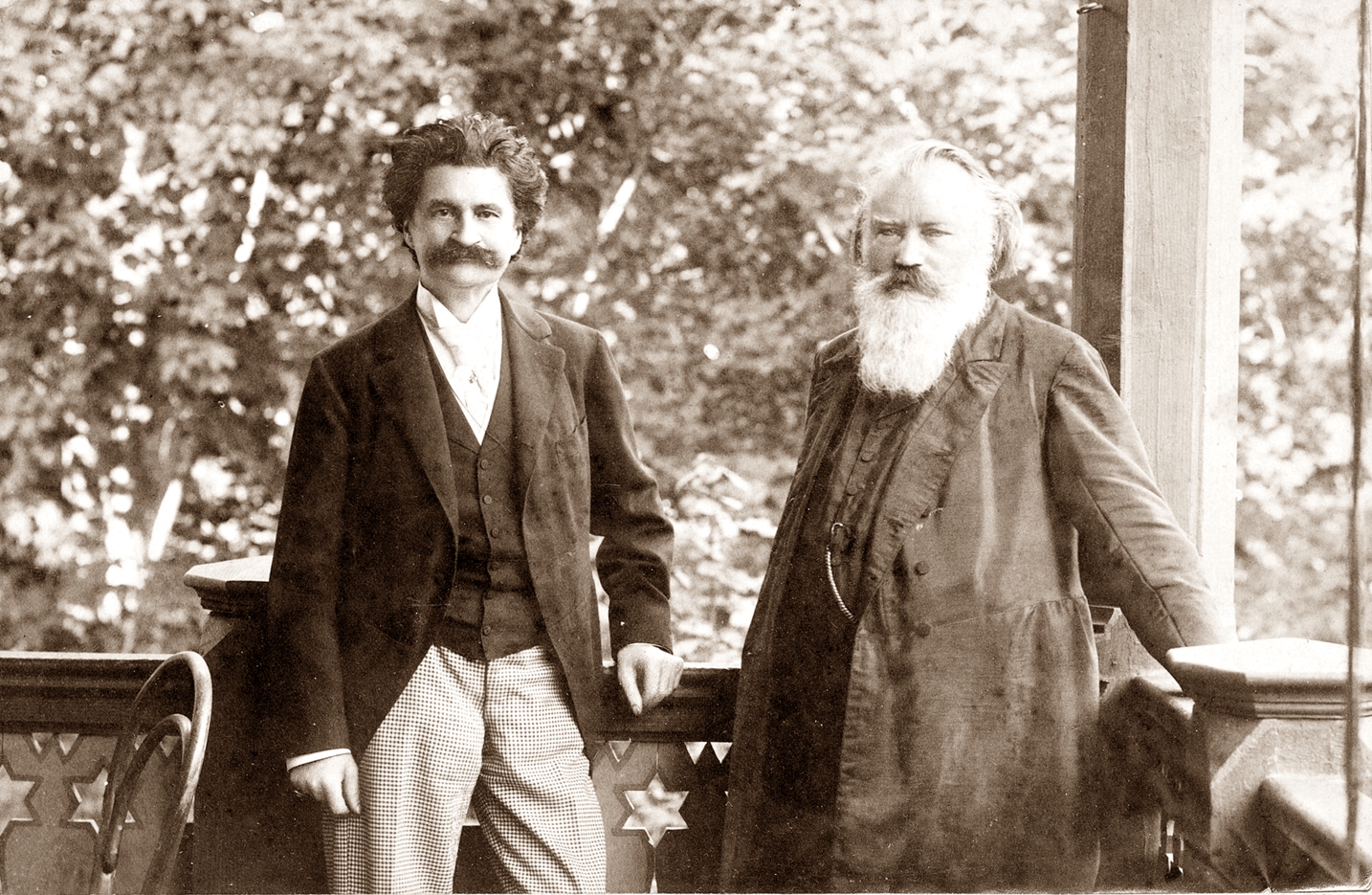Heinrich Hermanns (1862-1942) was a German lithographer and landscape painter.
He was also known for architectural paintings and vedute and was associated with the Düsseldorfer Malerschule.
Born in Düsseldorf, Hermanns completed his primary education in 1883 and went on to study at the Kunstakademie Düsseldorf with Eugen Dücker, Heinrich Lauenstein, Georg Heinrich Crola and Johann Peter Theodor Janssen.





